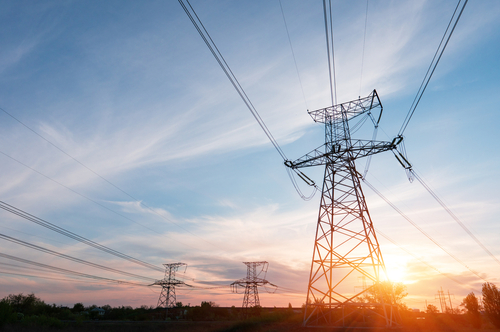Grid Deployment Office initiates $760M investment through Transmission Siting and Economic Development Grants program

With $760 million in funds from the Inflation Reduction Act, the Grid Deployment Office launched a Transmission Siting and Economic Development Grants program this week and is requesting information from stakeholders on issues of community engagement, conflicts, and affiliated grants.
The grants in question will be used for the siting of interstate and offshore electricity transmission lines. Though still under development, the program could work to reduce the time for siting authorities to reach decisions and issues capable of stalling siting efforts. The program will allow the U.S. Department of Energy at large to issue grants to aid request processing or to encourage economic development activities affected by the construction and operation of certain transmission projects through siting authorities or other state, local, or Tribal governmental agencies.
“To ensure we build a more reliable, affordable, and clean energy grid, estimates show that the United States needs to expand our transmission systems by 60 percent by 2030 and may need to triple it by 2050,” Maria Robinson, director of the Grid Deployment Office, said. “States, siting authorities, and communities will face many challenges in siting and permitting the rapid expansion of the transmission system across the country. The Inflation Reduction Act provides $760 million in grants to support states and other siting authorities in conducting siting and permitting activities and assist communities impacted by certain transmission projects.”
To assist the program and its development of a future funding opportunity announcement, the DOE put out its request for information. In this request, it emphasized a particular interest in those that:
- Identify, develop and deploy resources and tools that improve the efficiency of siting and permitting proceedings, thereby reducing time spent on decision-making for proposals
- Increase public engagement in siting and permitting processes, build the workforce, help local communities and reduce conflicts that could stall the development of infrastructure
- Identify and prioritize economic development projects in areas possibly impacted by covered transmission projects, such as disadvantaged, underserved, and frontline communities
- Locate opportunities, strategies, and means to forward environmental justice and equity in those disadvantaged communities impacted by siting of transmission projects and increase resilience
The DOE also plans to hold a public webinar on the topic on Jan. 25, 2023. Registration is required for that meeting, but Robinson added that the Grid Deployment Office is proceeding with the belief that engagement with states and communities is successful in the development of transmission.
